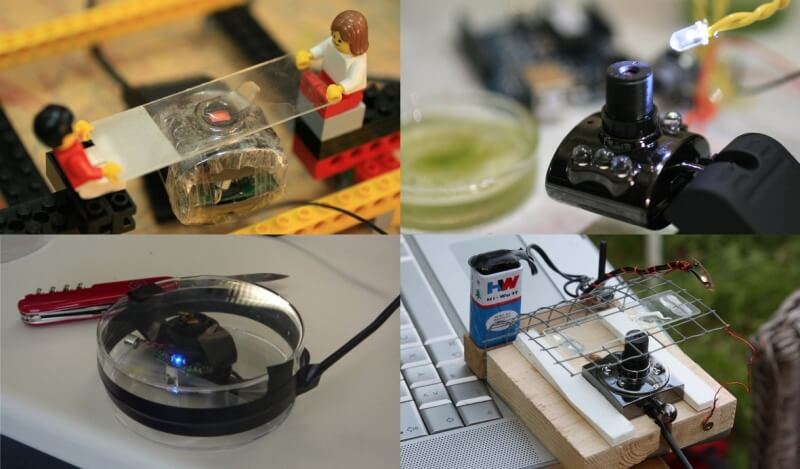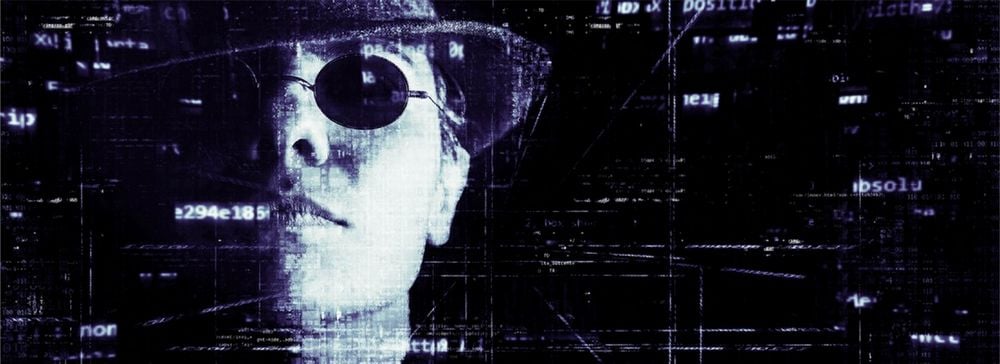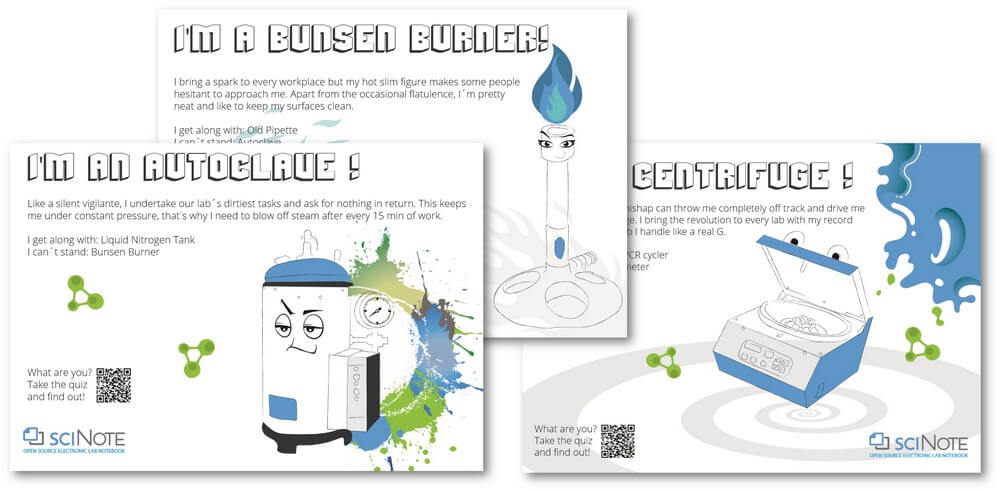What is DIY biology and how it can help you build your own lab?
In the age of computers and open source microcontrollers that are available to nearly everyone for a very little money its no wonder that people are building their own lab equipment. For modern biotechnology applications we need standard laboratory equipment like electrophoresis systems, PCR machines, fluorescent spectrometry, incubators, microscopes – all very basic tools which have been on the market for decades but they can still cost thousands of dollars.
DIY equipment is built from widely available and recycled parts found in consumer products.
Do-It-Yourself (DIY) biology is relatively recent phenomenon with DIYbio.org, being launched in 2008 in Boston and it spread to Europe in 2009. One of the goals of DIY biology is to re-engineer essential pieces of scientific equipment in order to make them open-source, simpler to assemble and cheaper to buy. Open hardware also allows users to add their own features or upgrade it as desired. Most of the tools that are in use are built from widely available and recycled parts found in consumer products such as DVD drives, hard disks and computer fans. PCR cycler can be made of off the shelf parts like Arduino board and laser cut frame.
One of the easiest DIYs is a microscope, which uses a regular usb computer web camera or mobile phone camera as an inverted microscope with only a few modifications. Basically inverting the lens does the trick. The magnification can be up to 400x. The link to the computer allows easy viewing, taking pictures and even capturing movies. Fast spinning computer hard drives are perfect for making small centrifuges. The disks are removed and replaced by a laser cut acrylic tube holder perfect for small centrifuge tubes. Incubators are basically insulated boxes with temperature control. There are many designs for simple electronic temperature controllers. Some are sold for breeding chicken eggs, some are open designs based on an Arudino microcontroller. Even just hacking an IKEA thermometer does the trick. The temperature-isolated chamber can be made from a styrofoam box or from an old small fridge. People have also build microvolume spectrometers, microfluidic systems, electrophoresis systems, water baths, magnetic stirrers, turbidity meters, and others.
DIY in science equipment does not stop at building your own lab. It goes way beyond it by building open-source tools for DIY diagnostics and first-aid care. The group called GynePunks has gathered the tools and information on how to use home made equipment to test for things like yeast infection, cervical cancer, STDs, and pregnancy. Ultimately they hope all this will be available to anybody especially women in countries where quality health care is hard to obtain.
DIY community connects scientist and engineers which leads to new and innovative designs.
As impressive as DIY biology is, we need to point out that DIY labs are very basic. All of these pieces of equipment have been available on the market for decades and they enable basic biotechnology experiments. People still need to buy very expensive reagents that cannot be “DIYed”. Also there is a whole world of modern biology that is outside of the DIY capabilities.
What can we expect from this DIY community? Since this is not the equipment that enables cutting edge science it is still the matter of discussion what, if any, meaningful change amateur biologists will bring to the world. DIY biology can help high school education and it can also help to make cheaper equipment which is especially useful for developing countries and labs in the field. But mostly it is a form of connecting people, growing a base of researchers and thinkers who bring a different way of thinking to the biotechnology field. It fuels discussions between scientist and engineers in the process of rethinking the devices to make them more accessible which leads to new and innovative designs.
A list of current DIYBio projects and equipement is available in this paper:
More ideas for your home laboratory:
http://www.instructables.com/contest/buildmylab/entries/
By Mojca Jez, PhD, Researcher at the Blood Transfusion Centre SI
[tw_callout size="waves-shortcode" text="" callout_style="style2" thumb="" btn_text="Republish the article" color="#37a0d9" btn_url="https://scinote.net/blog/republish/" btn_target="_blank"]





